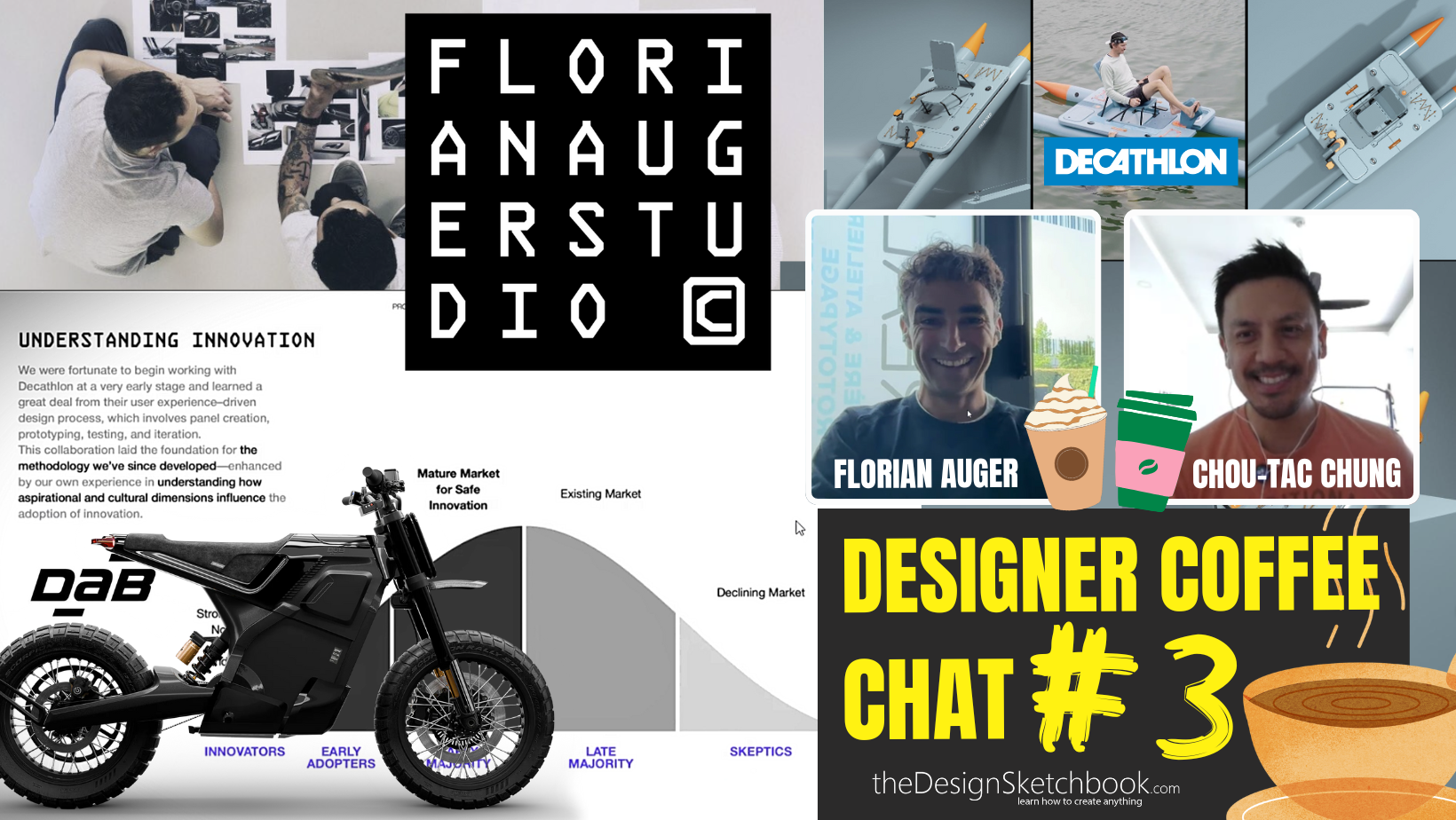
- Introduction to Florian Auger
- Craftsmanship and Surfboard Industry Experience
- Discovery of Industrial Design and Early Career
- Do Designers Need to Be Innovators to Succeed?
- Entrepreneurship and Launching Outercraft Agency
- Design Philosophy and User Experience
- Working with Decathlon and Prototyping Method
- Working with DAB Motors: A Case Study in Design and Innovation
- Branding and Emotional Connection
- Building and Leading a Design Team
- Innovation Acceptance and Market Strategy
- Innovation Acceptance and Market Strategy
- Niche Brands and Consumer Identity
- Design Studio vs Freelance Work
- Advice for Aspiring Design Studio Founders
- Conclusion
Hey Design Sketchers!
Super excited to share with you our 3rd Designer Coffee Chat, featuring a very special guest: Florian Auger!
Florian’s journey is anything but conventional. He didn’t go through the classic design school route, instead, he carved his own path, building his design studio from scratch! Along the way, he’s collaborated with some incredible brands like Decathlon, DAB Motors (Peugeot Group), Millet, and Hermès.
I never thought about creating my own design studio. This is why it matters to me to take that chance to introduce you to Florian about his entrepreneurial journey. Because sometimes, you just need a simple seed to shape your future. :)
What I admire most is his “learn by doing” spirit. Florian’s story is full of hands-on experience, embracing wins, mistakes, and even failures. Through it all, he’s shown a crazy level of resilience and passion for design, but most of all, the empathy for consumers.
I hope this relaxed chat will inspire you, spark new ideas, and maybe help you see even more possibilities for your own creative adventure as a future designer!
Introduction to Florian Auger
Chou-Tac: Hello Florian
I’m very happy to have you today for this interview.
The format is “The Designer Coffee Chat”—it’s like talking face to face, and we can discover ourselves, we can ask ourselves questions. The thing is, I thought, how could I name this coffee chat?
It’s like the “Life of a creator in a design studio”.
When I started my design studies, even before when I studied business, I always dreamed of working for large companies. I always told myself that working for a large company was a sign of success. In reality, industrial designers could quite blossom by creating their own companies.
And to begin with, I will ask you how you can introduce yourself and tell us about your adventure—how did you land in industrial design?
Florian Auger: Well, already, thank you very much for inviting me, for giving me a voice on these subjects.
I have a background which is a bit atypical compared to other designers. That means I didn’t go to design school. I was mostly a craftsman on surfboards for 10 years before discovering, in fact, that industrial design existed.
Craftsmanship and Surfboard Industry Experience
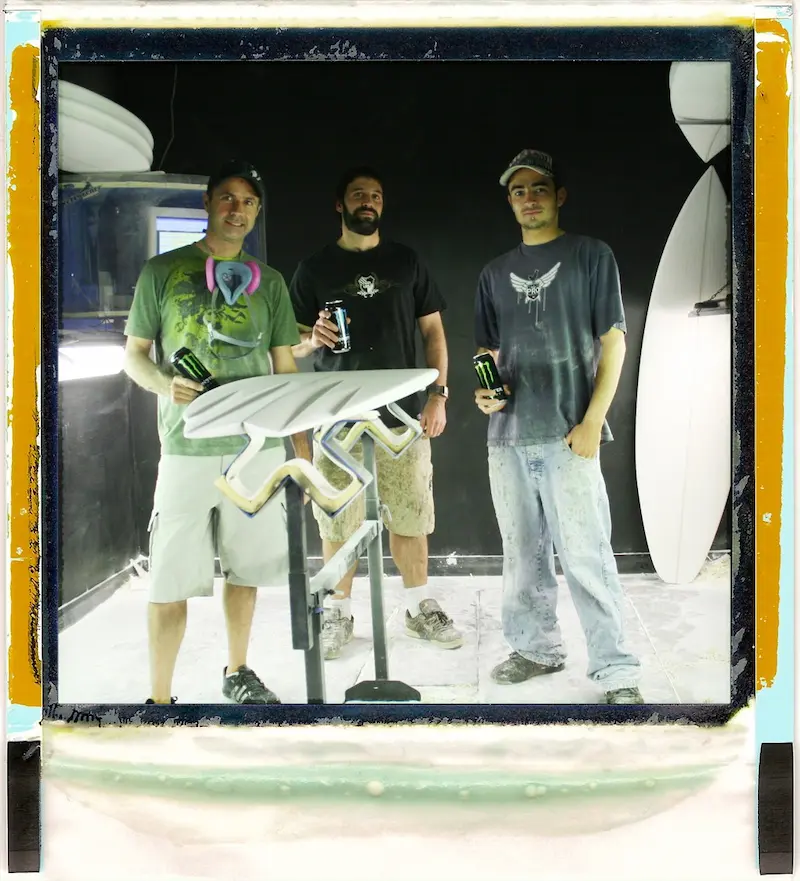
Chou-Tac: So you had your hands in the duct, we could say?
Florian Auger: Yeah, exactly. In fact, I have always been fascinated by the big brands—how could they make us dream? I grew up in the countryside, like many designers, a little far from the centers with dynamism and cultural centres, and so I was dreaming of these brands. It was mainly brands of surf and skate, and then I could see they told a whole new story, in fact, a new potential life, which appeared very far from me but looked a lot more exciting than what was around me.
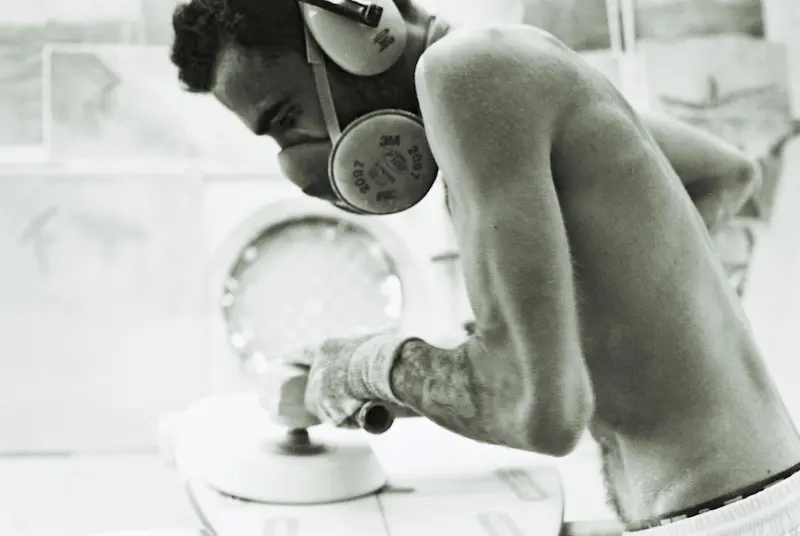
Florian Auger: I started making surfboards in my garage at my parents’ house when I was young. It allowed me to access this surfing universe, to travel, to go out, to change from the place where I lived in France, to start working for different companies. So that’s what brought me around here. It’s not industrial design at the base, it’s the surfboard industry. In fact, being a shaper/glasser was what I was doing in this industry.
I was independent, so I worked in France a lot over the whole summer part and mid-season, and then in winter the tradition is to go traveling—to Indonesia, Australia, Hawaii, and so on, and then to work a bit there. I did this for almost 10 years. It was very interesting.
Discovery of Industrial Design and Early Career
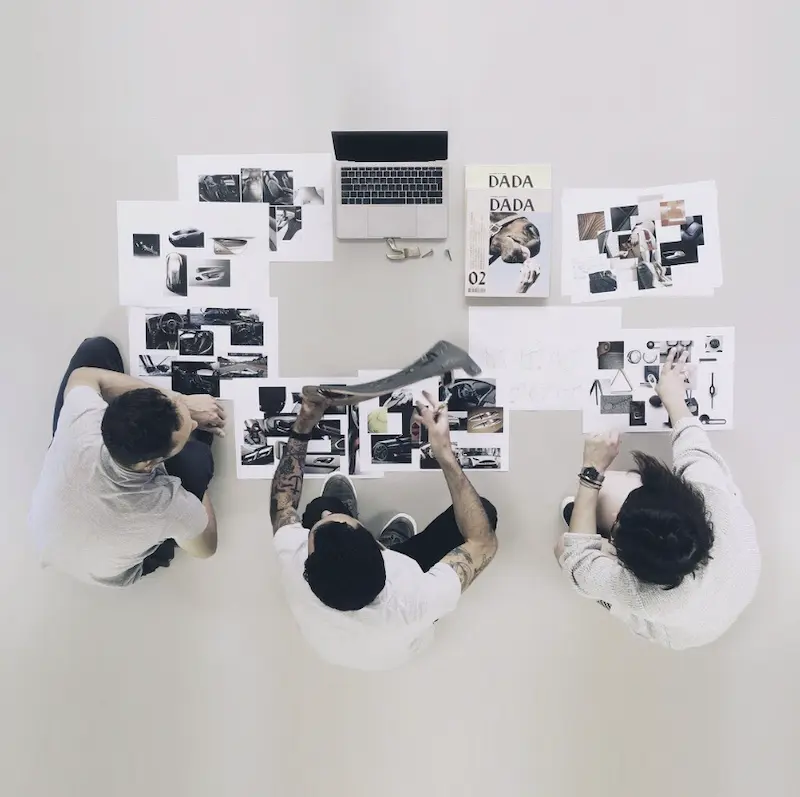
Chou-Tac: How did you transition from surfboards to industrial design?
Florian Auger: I had started by bringing innovation projects—in fact, we made the first linen surfboards, things like that. It’s a bit of a status to be a shaper/glasser in the surfboards community, but at the same time, it’s a very conservative status where we are here as guarantor of culture, we learn from the great masters, those who know. But everything that comes from the big companies, that comes from Asia, has a connotation of business and is really seen as the evil—really rejected. All innovative projects are relatively rejected when one swears by the traditional agreement.
Florian Auger: So after a while, I saw the limits and decided to see what was going on on the industry side because it seemed interesting. While working a little bit, I resumed my studies. I had studied art before, and I took it back—materials, and I resumed a little bit the studies with materials. I met an industrial designer, Jean-Louis Iratzoki, who is based here in the southwest. I discovered this job at 27 years old, by telling myself, “But in fact, it’s perfect, it’s great, it’s creative, it’s technical, it’s in link with all brands and companies.” These are really the people who create the stories whose people dream behind and create the objects in which people dream behind. That’s what brought me here.
Do Designers Need to Be Innovators to Succeed?
Chou-Tac: Do you think you are a rebel at heart? Do you think a designer should be rebellious or an innovator to succeed?
Florian Auger: I think there are a lot of different positions for designers. I don’t necessarily think you have to be rebellious or an innovator to succeed. It depends on your context. For me, innovation is what attracts me to industrial design, but for many people, it’s not about innovation—it could be about beauty or empathy for the majority. Some designers are fulfilled by creating products that appeal to as many people as possible, while others thrive on disruptive innovation.
Florian Auger: You can absolutely be a very good designer without always seeking disruptive innovation or trying to change the world. It depends on your personality and being honest with yourself about what drives you. The most important thing is to find your place, follow what makes you vibrate, and invest in it deeply. That energy will be felt by others, regardless of whether you’re focused on innovation or tradition.
Entrepreneurship and Launching Outercraft Agency
Chou-Tac: How did you decide to launch your own agency?
Florian Auger: After discovering industrial design, I decided to launch the agency Outercraft to do industrial design, prototyping, and mechanical engineering design. At 27, I really discovered the crossroads of many things at once that made me feel like it was my way: product design. Because I studied art, except I didn’t have the product design shelter, so I had aggregated the materials, the plastic arts, the craft side, the side marks by launching my marks. I had skateboard brands, brands of surfing that had not been very successful commercially, but I learned a lot from all this.
Florian Auger: I was turning a little bit around the subject while the subject was there in the middle, but I did not have the opportunity to cross the path of the designer. It’s as if there was a core somewhere and it came later when I was 27 years old and aggregated all this and gave meaning to everything I could acquire and engranger before. It’s interesting because it’s as if you were testing many things until the right day.
Design Philosophy and User Experience
Chou-Tac: What is your main idea about industrial design today?
Florian Auger: The main idea of industrial design is that today, we might say we don’t need more objects, but objects have a statutory and emotional value. Understanding how objects tell stories about us is essential.
For example, with clothes or cars—how if I drive in such a car, it will tell such a story about me, and if I wear a brand of clothes, that will tell a story. Objects we have and do not have serve us to explain ourselves.
Florian Auger: If we understand that objects are used to tell a story, we can focus on the emotional and cultural part, and how groups with shared values gravitate around certain objects and how other groups will need different objects to differentiate themselves.
Working with Decathlon and Prototyping Method
Chou-Tac: Can you share about your work with Decathlon?
Florian Auger: We had the chance to work with Decathlon on surfboard projects and many others. Their method—user panels, prototyping, testing, and improving—fit well with innovation and inspired our agency’s approach. I built the method of the agency around this Decathlon method, then evolved it by adding all cultural and emotional sides to really succeed in understanding an audience.

Working with DAB Motors: A Case Study in Design and Innovation
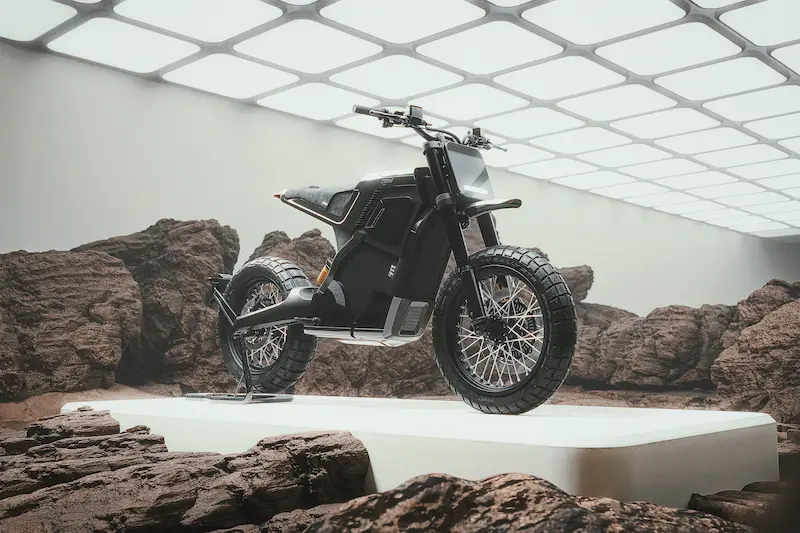
Chou-Tac: You’ve worked with a variety of brands. Can you tell us more about your collaboration with DAB Motors and how you approached their project?
Florian Auger: Absolutely. When we worked with DAB Motors, the idea was not just to redesign a motorcycle, but to create a new design language that fit the emerging world of electric mobility. We collaborated closely with Simon Dabadie, the founder of DAB Motors, focusing on both strategic repositioning and branding, as well as the product itself.
Florian Auger: Our approach was deeply influenced by the Decathlon method—using user panels to really understand who our audience was and to see the world through their eyes. We developed several concepts and tested them with these panels to find out what resonated most. The goal was to move beyond simply making an electric version of an existing bike and instead create something that would connect with a new type of customer.
Florian Auger: What made the DAB Motors project unique was the fusion of inspirations from the automotive world, consumer electronics, and other industries. This allowed us to craft a design language that felt fresh and relevant for electric motorcycles, appealing to a clientele with a strong interest in tech and design—people who might not have been traditional bikers but were drawn to innovation and new experiences.
Florian Auger: This project taught us a lot about the importance of understanding your target audience and being willing to step outside your comfort zone. By mixing references from different sectors, we were able to create something truly original that stood out in the market. It’s a great example of how design, when rooted in empathy and strategic research, can drive both brand and product innovation.
Branding and Emotional Connection
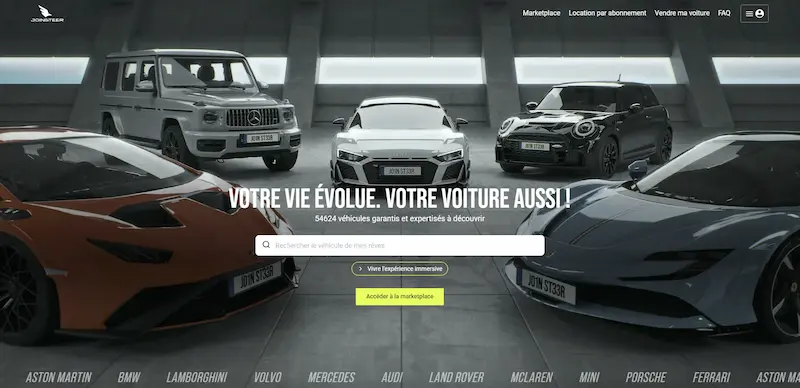
Chou-Tac: How important is branding in your process?
Florian Auger: To have a super product, if it’s not supported by a brand with coherence and message, we can’t bring innovations to the market. We approached branding like product design, with user panels and emotional testing. We tested our brand scenarios with the end users, leaving our comfort zone every time.
Florian Auger: We had a big project with Joinsteer, a high-grade vehicle sales platform, and managed to understand what inspired their clientele. We took back the elements of that and made a new story that seemed relevant to us and tested several storylines.
Building and Leading a Design Team
Chou-Tac: How did you manage to federate a team around you? As you said, you run an agency, you don’t work alone, and there’s a lot you didn’t know at the start. Did you have to ask for help?
Florian Auger: Completely. I hadn’t studied industrial design, so my first recruitment was an industrial designer, Pierrick Pichaureaux, who drew most of the projects you see from Outercraft. I reinforced the mechanical conception side, really the engineering part, and there were also movements in the team. I also reinforced the branding side—we worked with externs, I took people internally.
Florian Auger: I think I had a vision for this agency that is still alive today—something that animates me, something I want to bring to the industry. I hope I have succeeded in transmitting this to all the people who have followed me and believed in this project, and that we made a piece of their career together. I hope I managed to transmit this.
Florian Auger: I think it works pretty well. We had a welded team that performed on many projects. In eight years, we built up large project references, great successes, and also hardships and big failures. But overall, there was an energy, and people were glad to believe in the same thing I do. That’s what is important—it’s the vision, not just the skills.
Florian Auger: When you recruit your team, there are people who are perhaps very strong and specialized in one function, but you also have to have chemistry with them to have a journey together. Sometimes it didn’t work, sometimes it worked very well, and sometimes we had a common vision with some team members for a certain time, a certain number of years. In the end, we are all on our personal journey and our personal career. The idea is to find some pieces of journey we want to do together.
Innovation Acceptance and Market Strategy
Chou-Tac: How do you view innovation acceptance in the market?
Florian Auger: This is the acceptance curve of innovation by Everett Rogers: innovators, early adopters, early majority, late majority, skeptics. Companies must understand which audience they’re targeting when launching new products.
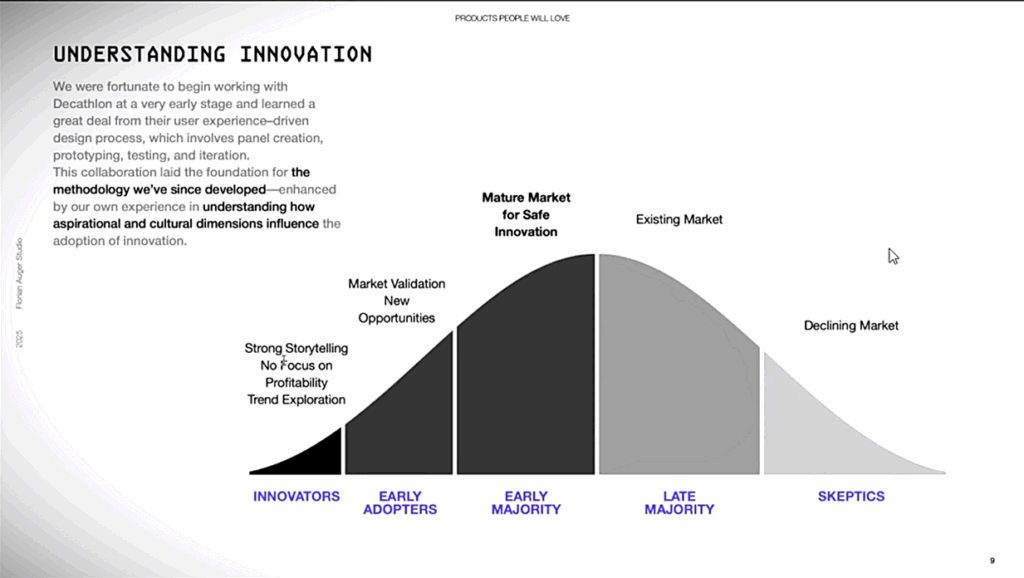
Florian Auger: If you want to bring something new, if the company already wants to make money with this innovation, she’ll have to go hit the side of the early majority. It won’t bring something out of nowhere—it must already have passed the steps forward.
Florian Auger: Nike, for example, addresses everyone by segmenting their products for innovators, early adopters, and the majority. Apple is in the early majority side—it’s safe to have a Mac or iPhone. They look at what is being done on the early adopter side but are not the ones who bring something radically new.
Innovation Acceptance and Market Strategy
Chou-Tac: In the electric car industry, it took a long time for consumers to adopt electric technologies—not because it wasn’t good for the environment, but simply because it wasn’t considered cool. Telling people something is good for the environment isn’t enough; innovation has to arrive at the right time and be presented in a way that the target audience can accept with open arms.
You mentioned how innovation gets accepted in the market. Can you elaborate on how brands segment their audiences?
Florian Auger: If you look at Nike, they have labels for each type of consumer. For innovators, they have ultra-niche labels like ISPA. For early adopters, they offer products in slightly larger quantities, like Space Hippie. Most people don’t actually know about these. For the early majority, you have the classics—Air Force One, Air Jordan—so you know you’re in fashion when you have these. The late majority will find Nike at places like Decathlon or Intersport, and skeptics might go to the souk in Marrakech because they believe Nike is overpriced. Nike manages to address everyone this way.
Chou-Tac: How does this compare to other brands?
Florian Auger: If you take Apple, they’re on the early majority side because it’s safe to have a Mac or an iPhone. They watch what’s happening with early adopters in technology, but they aren’t the ones bringing something radically new. They let other brands take the risks with innovation, and then they make it mainstream and desirable for the majority.
Florian Auger: For example, Nothing Phone is more for early adopters. People who want to stand out and show they have something different might choose Nothing Phone. But once a product becomes mainstream, those early adopters will move on to the next innovation—they want to be perceived as unique, almost like driving a Cake electric motorcycle that looks like a UFO. If everyone starts using it, they’ll look for the next “UFO” to maintain that sense of differentiation.
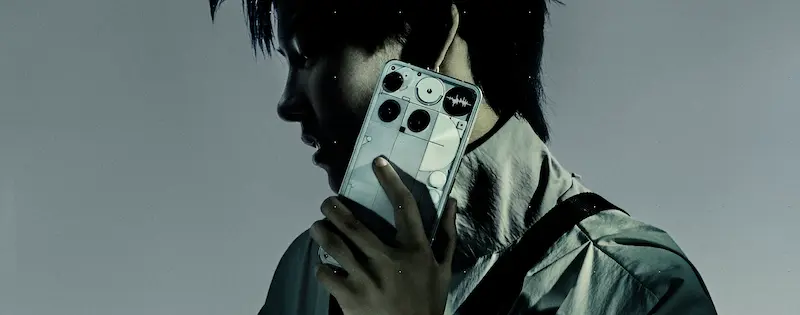
Niche Brands and Consumer Identity
Chou-Tac: So, brands like Nike with ISPA and tech brands like Nothing are really targeting those who want to stand out?
Florian Auger: Exactly. Nike’s ISPA is for innovators—most people don’t even know it exists, it’s so niche. That’s the magic of today’s world: brands can segment their communication and products without taking huge risks. They can have small departments or collaborations that cater to innovators and early adopters, without alienating their mainstream audience. Collaborations are a great way to try new things and gain legitimacy for innovation without risking the core brand.
Chou-Tac: And for you personally, how do you relate to these brands?
Florian Auger: I’m still 100% Apple, but as it’s become so mainstream, I don’t see the same status symbol as before. If I could, I would switch to Nothing Phone because I’d be more proud to use something different—just like I drive a Cake electric motorcycle because it still looks like a UFO. But if everyone started using it, I’d want something even more unique. It’s about the story I tell myself and how I want to be perceived.

Design Studio vs Freelance Work
Chou-Tac: What are the challenges of running a studio versus freelancing?
Florian Auger: Having a studio is not easy every day—it’s a challenging choice. For freelancers, one difficulty is finding customers and managing the intermittency between projects.
Florian Auger: When you are a freelancer, on the times when you have good plans, you need to keep communicating to get new ones. You must also be sufficiently profitable on projects to finance other projects and work well on personal projects or your own R&D.
Florian Auger: What is my value to the customer? What problem do I solve? If we just base on technical skills, there are a lot of people, and we are hyper replaceable. If we have value beyond and a better understanding of customer issues, we can accompany out of a higher value.
Advice for Aspiring Design Studio Founders
Chou-Tac: For a student or someone who wants to create their own studio, what are the three qualities or pieces of advice you think are most important?
Florian Auger: Well, first, you have to be entrepreneurial. That means really embracing the business side, not just the creative. Founding a studio isn’t only about design—it’s about taking initiative, being proactive, and having the courage to take risks and adapt. You need a long-term vision for where you want your studio to go, and that vision will help guide you and your team through challenges.
Chou-Tac: So it’s not just about being creative, but also about having that drive and business mindset?
Florian Auger: Exactly. The second piece of advice is to listen to your client. Empathy is crucial. You need to deeply understand your clients’ needs, challenges, and goals. Every client brings something new, and by listening and learning from each project, you’ll improve your process and build trust—trust is everything for lasting relationships and repeat business.
Chou-Tac: And the third?
Florian Auger: Business Acumen Alongside Creativity
Beyond creative talent, you must embrace the business side of running a studio. This includes understanding the value you bring to clients, managing projects efficiently, and maintaining a sustainable operation.
Conclusion
This conversation with Florian Auger offers a unique window into the evolving world of industrial design, where creativity, empathy, and innovation intersect with business realities. Florian’s journey—from surfboard craftsmanship to launching a design studio and collaborating with brands like DAB Motors—highlights the importance of adaptability, vision, and the courage to experiment.
Key takeaways include:
- Diverse Paths to Success: Designers do not need to be perpetual innovators or rebels to succeed. Fulfillment can come from tradition, empathy, or the pursuit of beauty, as much as from disruptive ideas.
- Building Strong Teams: Success in design often hinges on assembling a team that shares a vision, values chemistry, and is willing to learn and grow together.
- Understanding Audiences: Using user panels and strategic research, Florian’s approach emphasizes the value of deeply understanding target audiences to create products and brands that resonate.
- Balancing Innovation and Market Acceptance: The discussion around Nike ISPA and Nothing Phone illustrates how brands can segment their offerings to reach both niche innovators and the mainstream, ensuring relevance and longevity.
- Personal Fulfillment: Ultimately, the most important factor is finding one’s own path—aligning personal motivations with professional pursuits, and telling a story that feels authentic.
For aspiring designers, entrepreneurs, and creative professionals, Florian’s insights serve as a reminder that there is no single formula for success. Whether you are driven by innovation, tradition, or the desire to connect with others, the key is to remain true to your values, keep learning, and embrace the journey of growth and discovery.
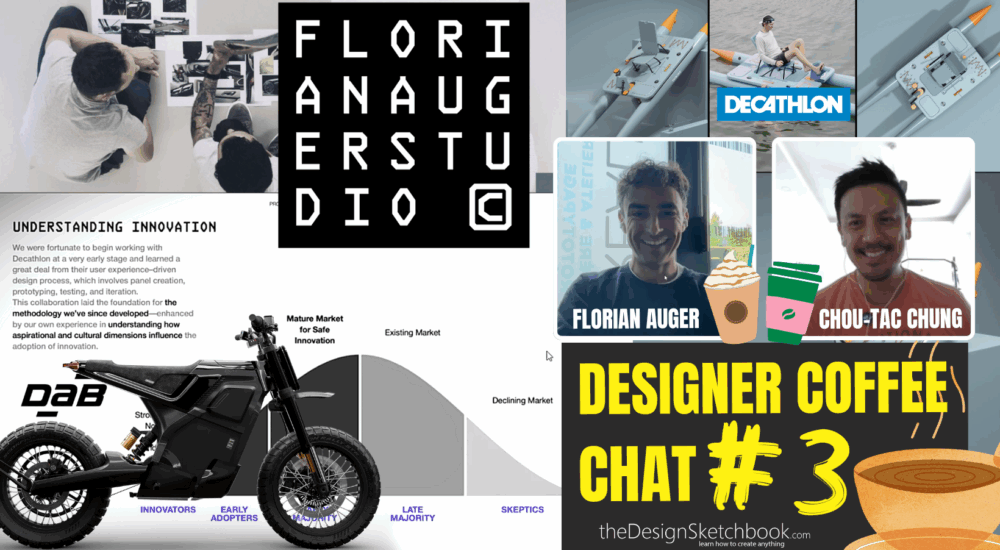
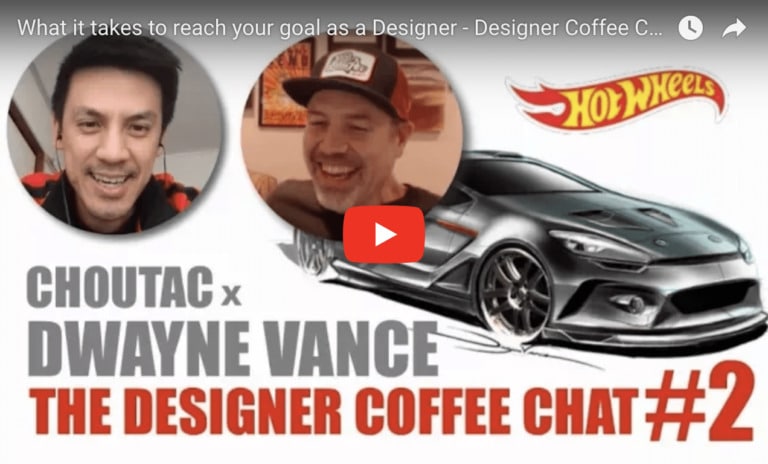
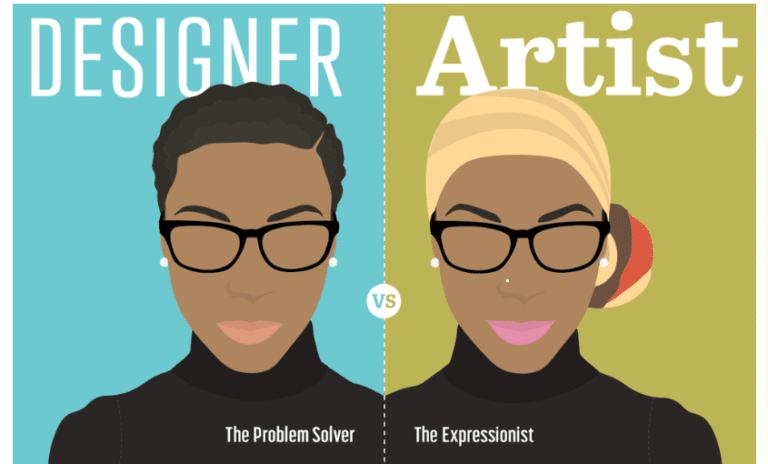
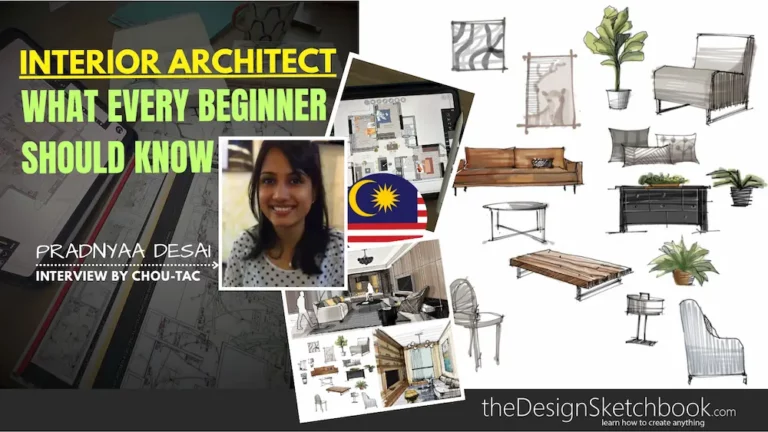
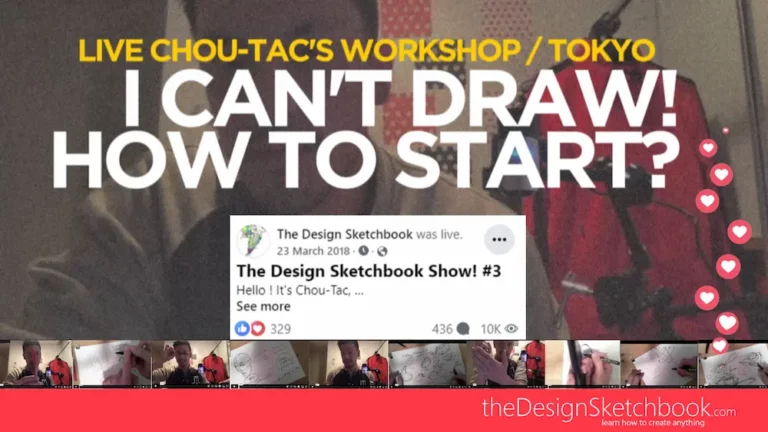
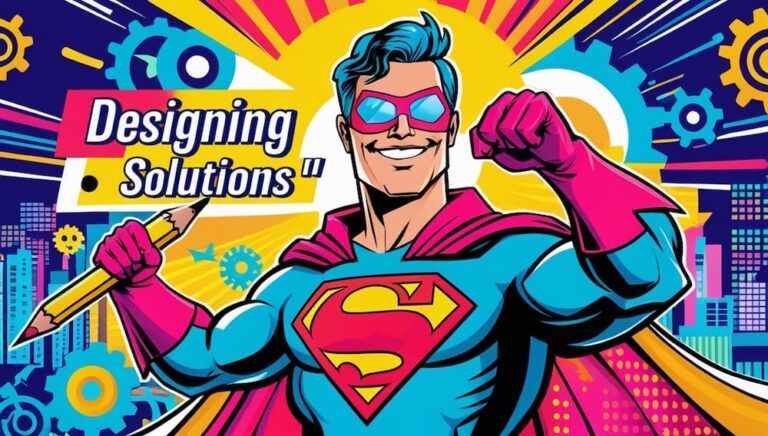
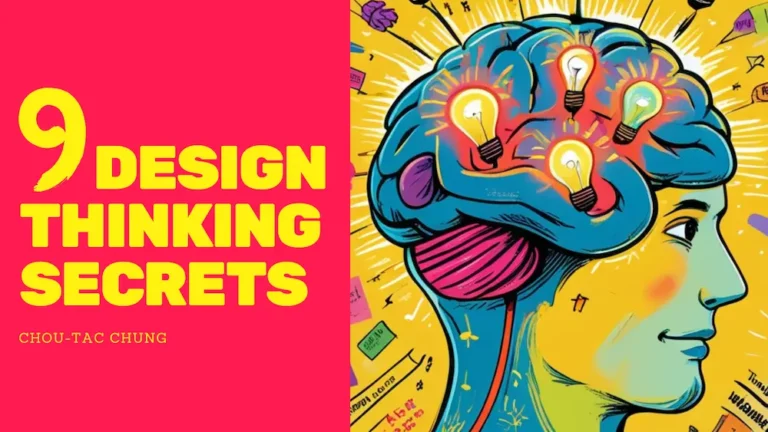
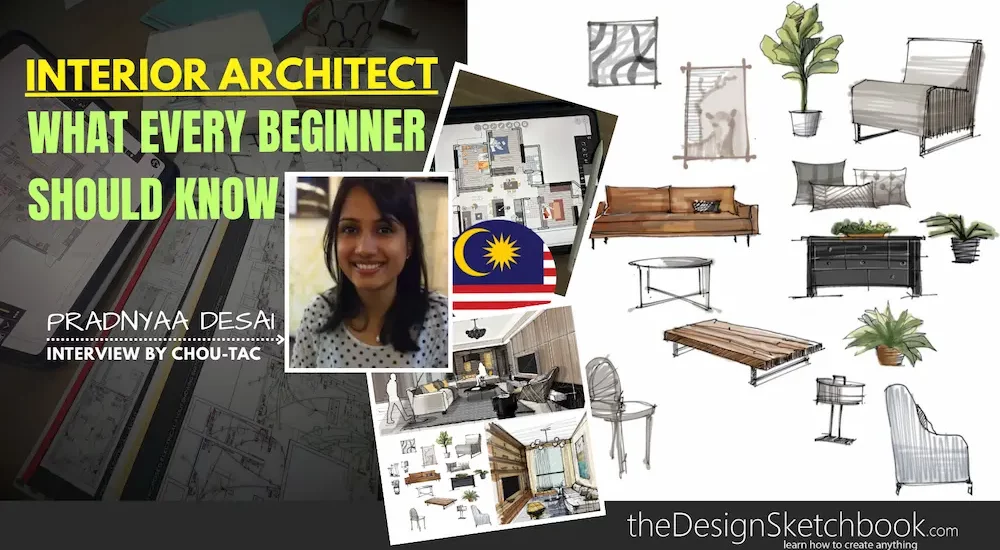

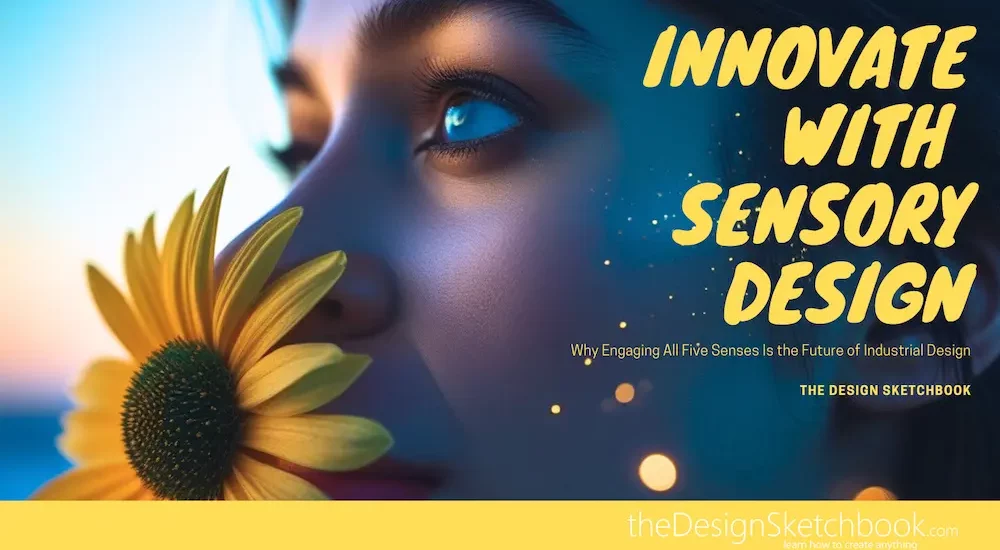
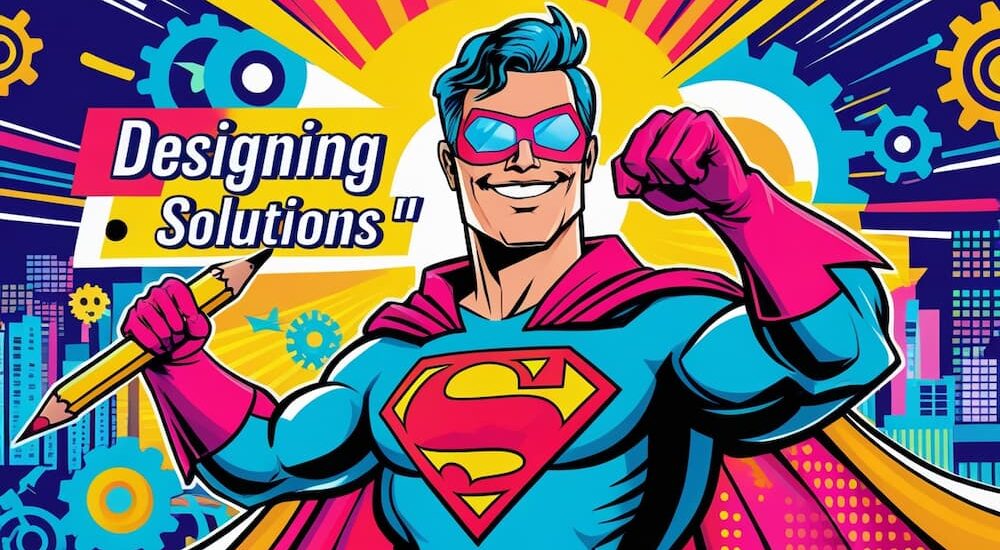
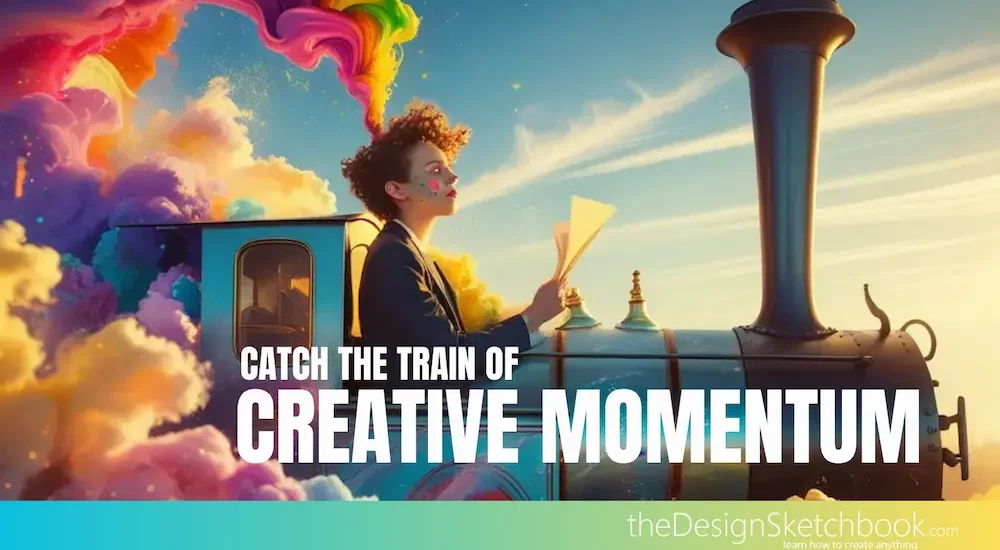
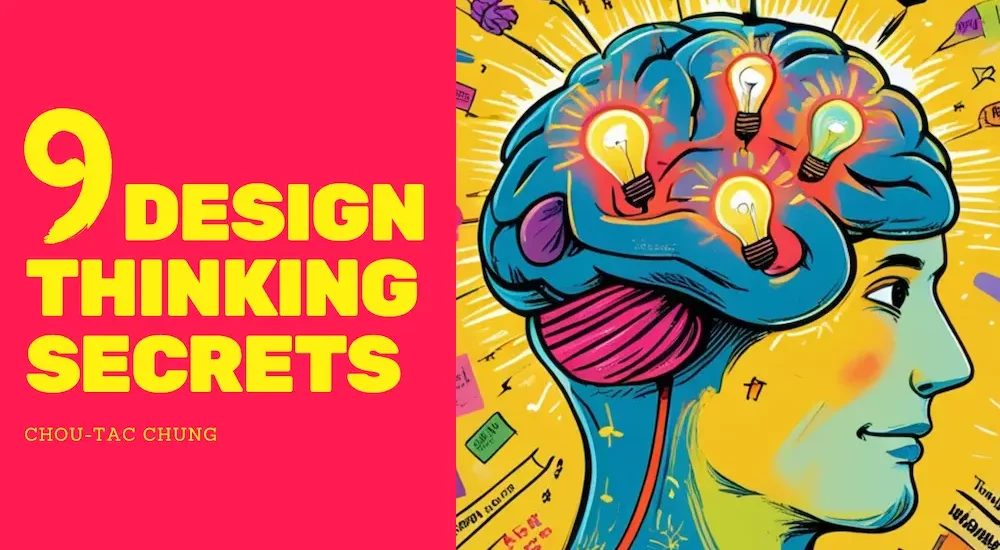
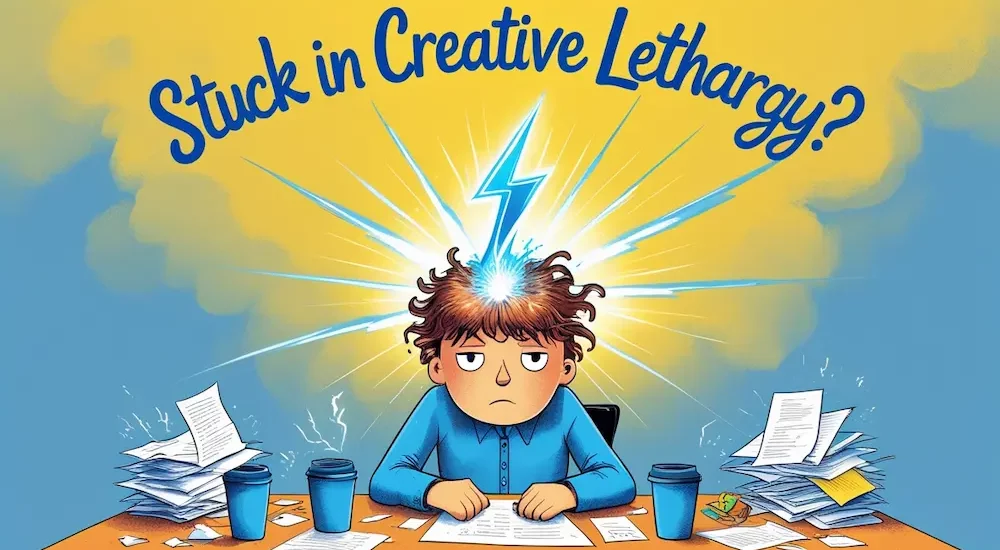
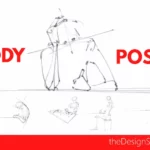
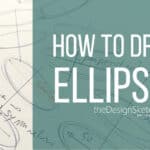
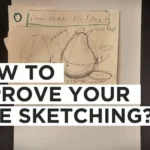
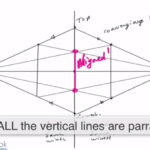
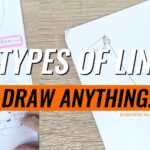

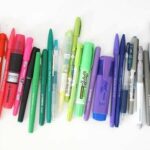

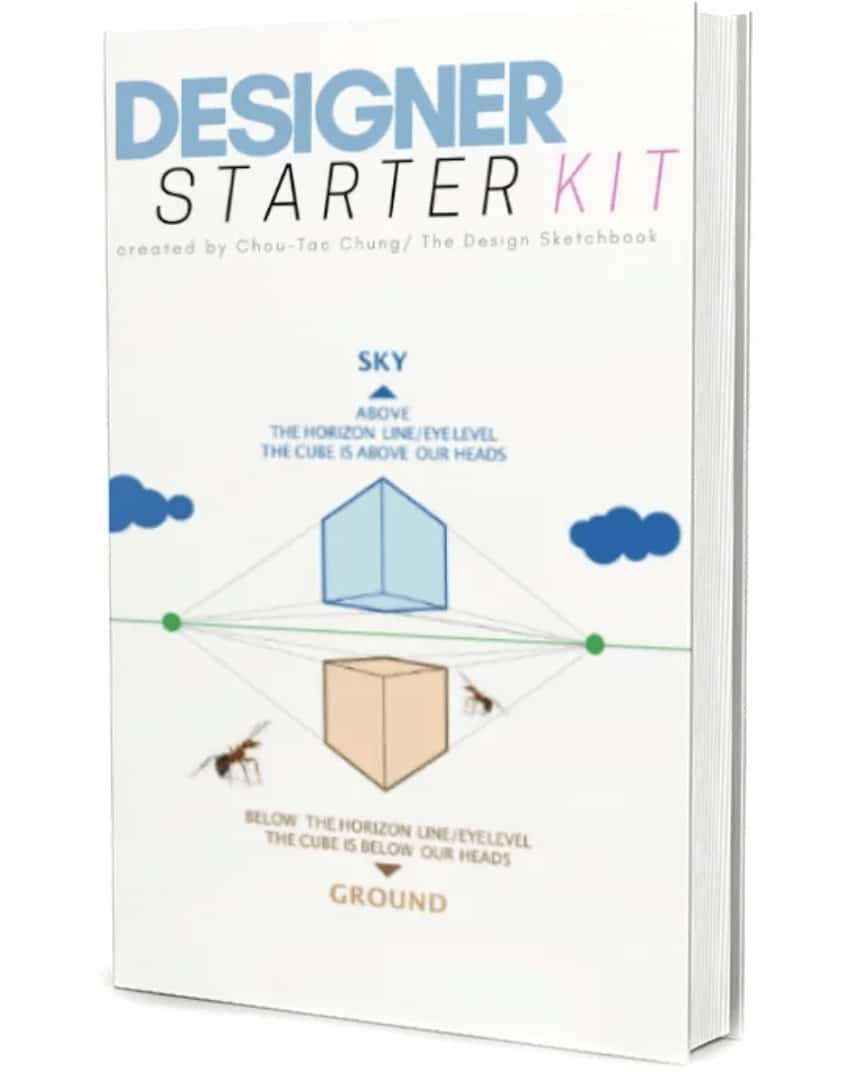
Add comment